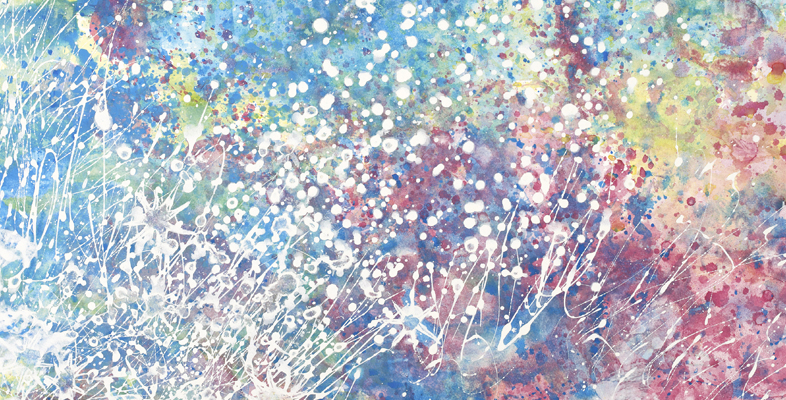6.3 1960s: biological and socio-emotional theories of autism
Kanner initially favoured a
Many parents were extremely upset by the poor parenting theory. The psychologist Bernard Rimland noted that while his wife was an affectionate mother, their son screamed constantly and inconsolably from an early age. Rimland began to collect scientific and medical evidence to challenge Bettelheim’s approach, publishing his own biological theory of causation (Rimland, 1964). He devoted his life’s work to autism, acting as an advocate for children with autism and founding the Autism Society of America in 1965.
